Design Styles - Some of Our Favourites
Mid-Century Design
The Mid-Century Modern Design era roughly lasted between the mid 1930s to the mid-1960s - starting its popularity in America and sweeping through the rest of the world. This style grew out of 20th century modernism and took hold after the Second World War, influencing the designs of the era with increased migration to urban areas and, as a result, smaller living spaces. With a range of well known designers such as Pierre Jeanneret, Arne Jacobsen, George Nelson, and Edward Wormley (to name a few) the key characteristics of mid-century modern design include the following:
- Simplicity & Functionality.
- Contrasting materials including traditional (eg wood) and non-traditional (eg metal, glass, vinyl, plywood etc).
- Organic & geometric forms with clean lines.
- Colours ranging from bright hues to earthy colours (however, neutrals never go out of style).
With many famous pieces designed during this time and still popular today - the price for original pieces from some of these more well-known designers can cost between a couple of thousand dollars to hundreds of thousands, depending their condition. Original pieces of furniture from this era are highly sought after and can appreciate in value like a work of art (completely dependant on varying factors). Investing in an original piece of mid-century furniture may not be in the cards for everybody, but to those who choose to collect it can be a rewarding investment.
With these original pieces being rare and frankly unaffordable to most, there are comparable replicas out there of outstanding quality and far more attainable prices. Vorsen’s inspired PJ range is comprised of high-quality replicas of Pierre Jeanneret’s famous mid-century designs and are produced with exceptional quality materials and attention to detail.
Scandinavian Design
Started in the early 20th century and still a wildly popular style today, Scandinavian design can fit seamlessly in with a plethora of other design eras including modern & minimalism. Scandinavian design is as much about looks as lifestyle with an integral part being an emphasis on sustainability.
Recognisable characteristic of this style include clean lines, light & bright neutrals, minimal decor, clutter-free, and open spaces - all of which should combine into a space to create a sense of calm. Despite this style being made easily accessible in the furniture world today, quality over quantity is an important factor in authentic scandinavian design style - it may be more beneficial to do your research prior to purchasing to ensure that the pieces in your home are not only quality but also functional within your space.
Well known designers for this style include Vernor Panton, Hans Wegner, Poul Kjæholm, and of course Grete Jalk. All fo which contributed famous piece/s integral for Scandinavian design.
Industrial Design
The catalyst for Industrial design began with the Industrial Revolution (mid 1700s to mid 1800s) and really came to the forefront with the introduction to efficient & cost effective production methods, standardisation, and functionality as a result of the Great Depression (mid 1900s). Industrial Design tends to closely replicate industrial building systems such as warehouses and unfinished spaces can be beneficial in incorporating this style into your home.
Characteristics of a Industrial style space include:
- A connection between product, user & environment.
- Creative but functional.
- Natural or Rustic colour palette.
- Mixed metals including steel, brass, cast iron etc.
- Weathered wood, exposed brick, concrete.
- Metal framed furniture.
- Floor lamps.
- Exposed light bulbs.
In summary, Industrial Design style can be quite masculine at its base level but can be softened if needed by incorporating some softer furnishings and can be made to feel more homely by breaking up the heavy materials with house plants, rugs and personal effects.








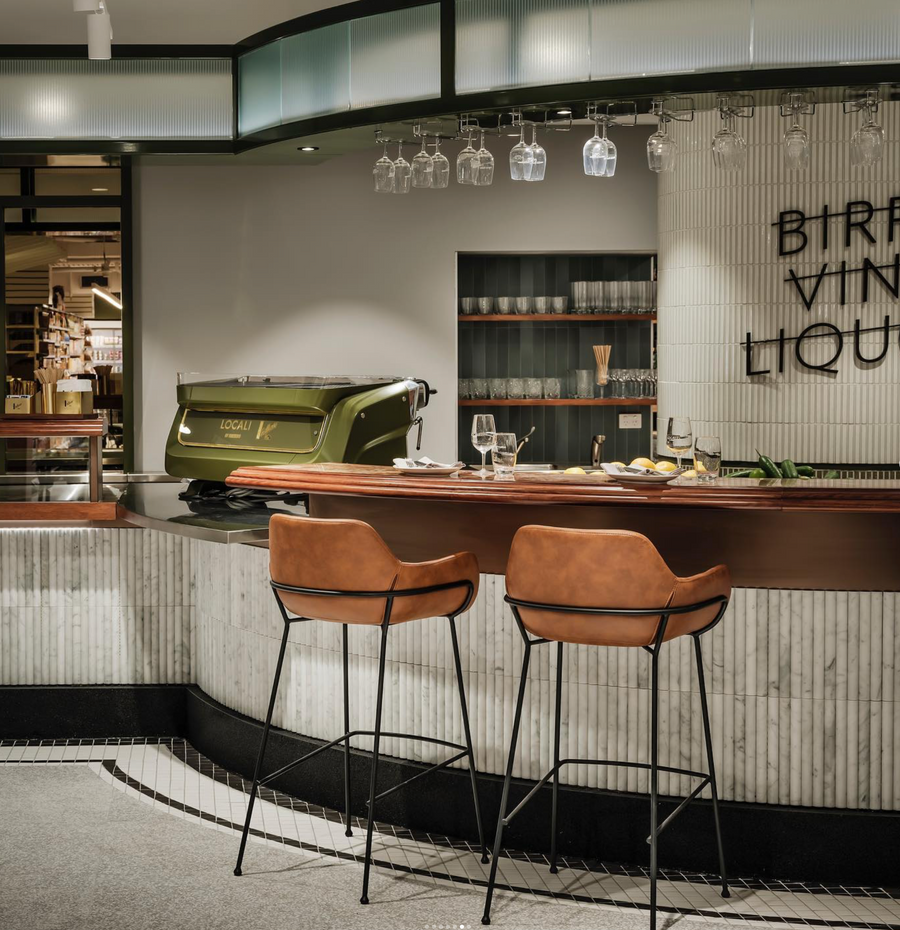
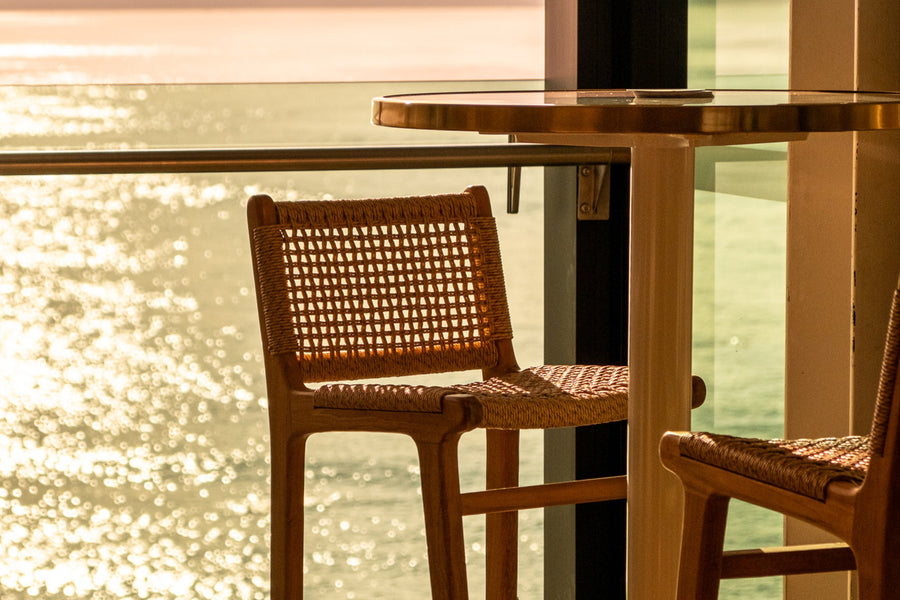
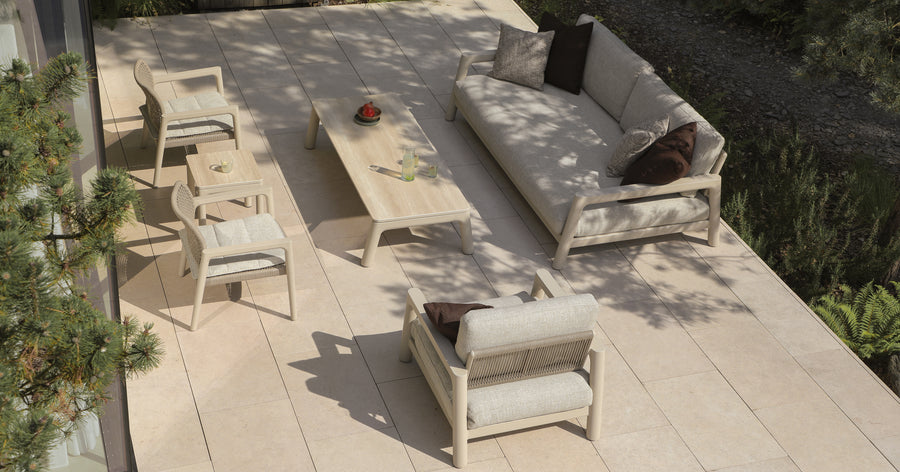
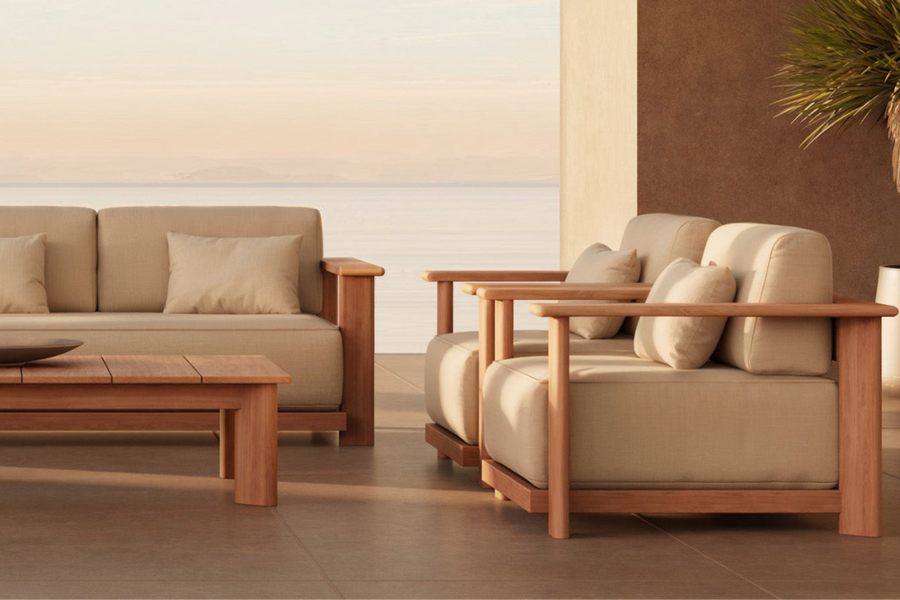
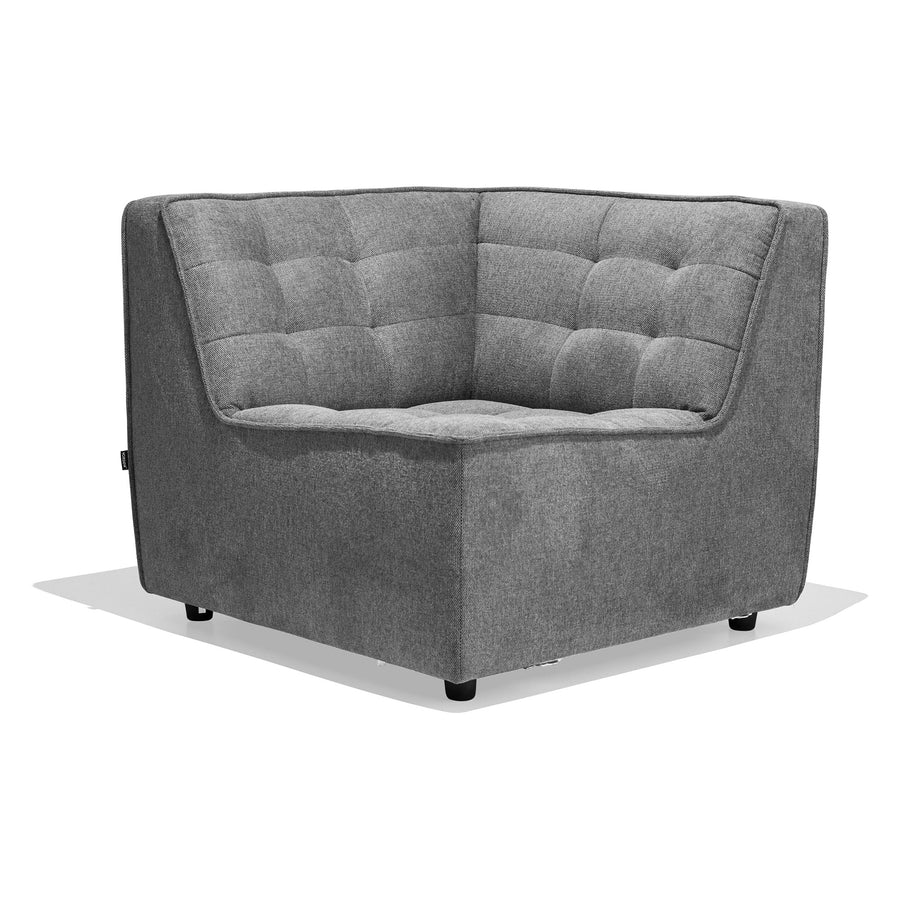
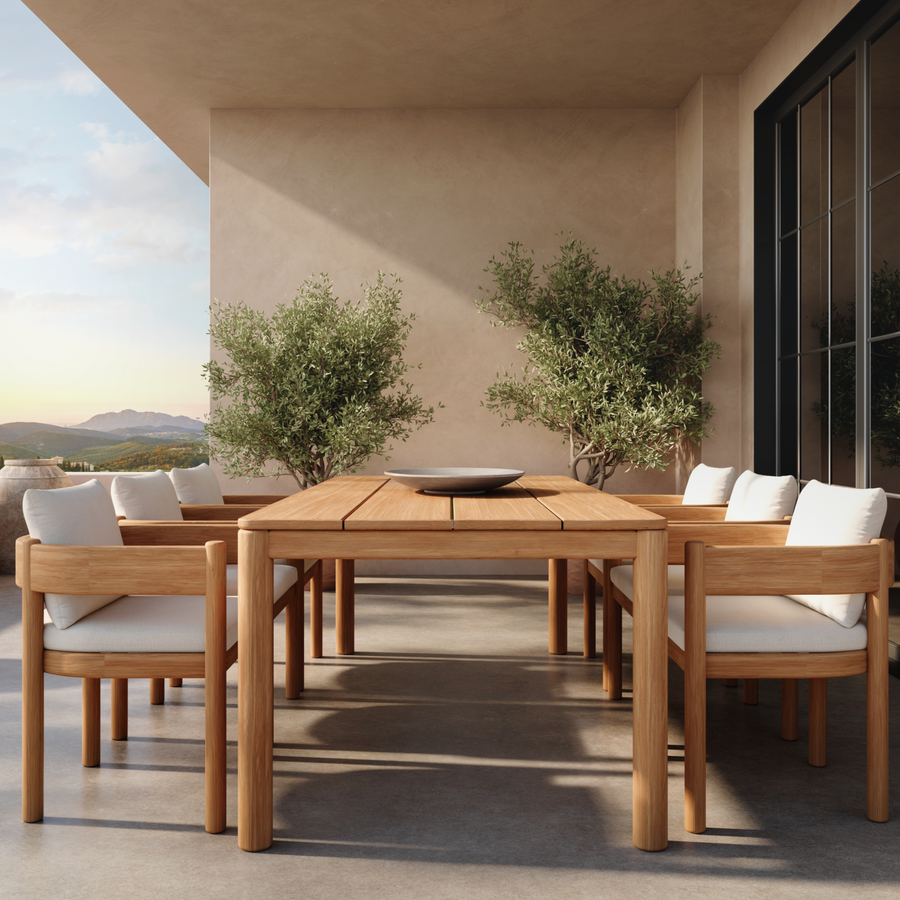
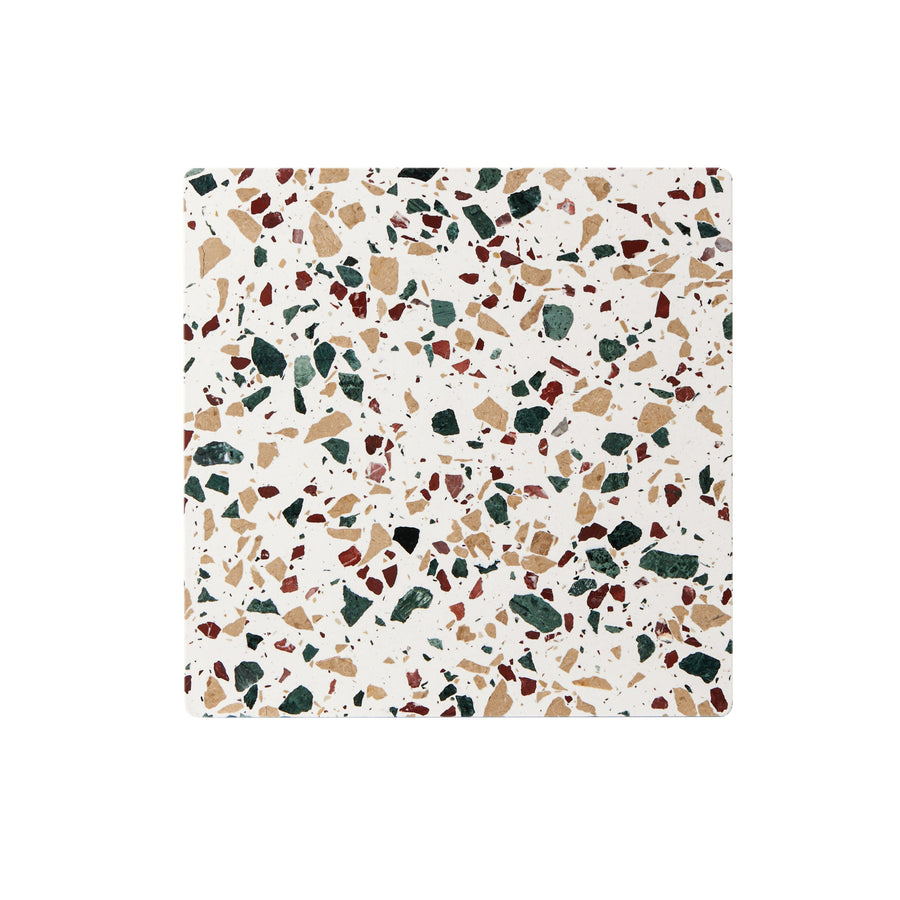
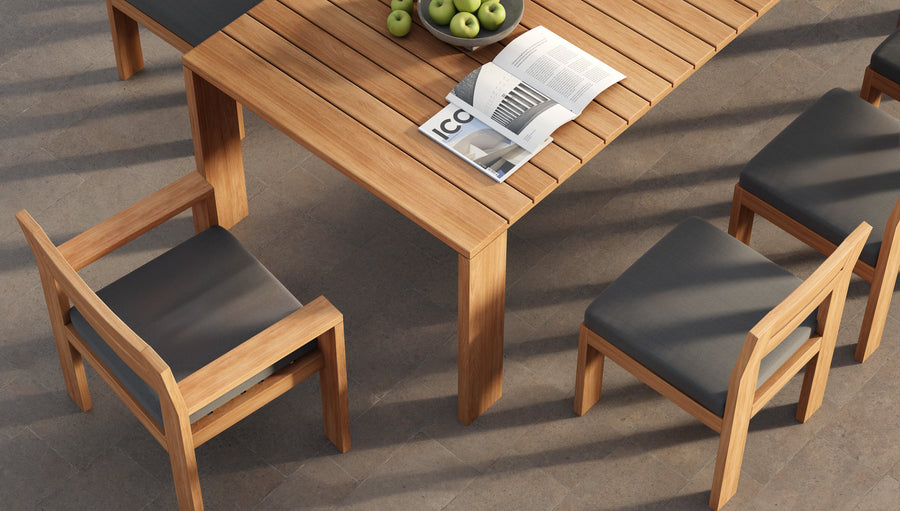
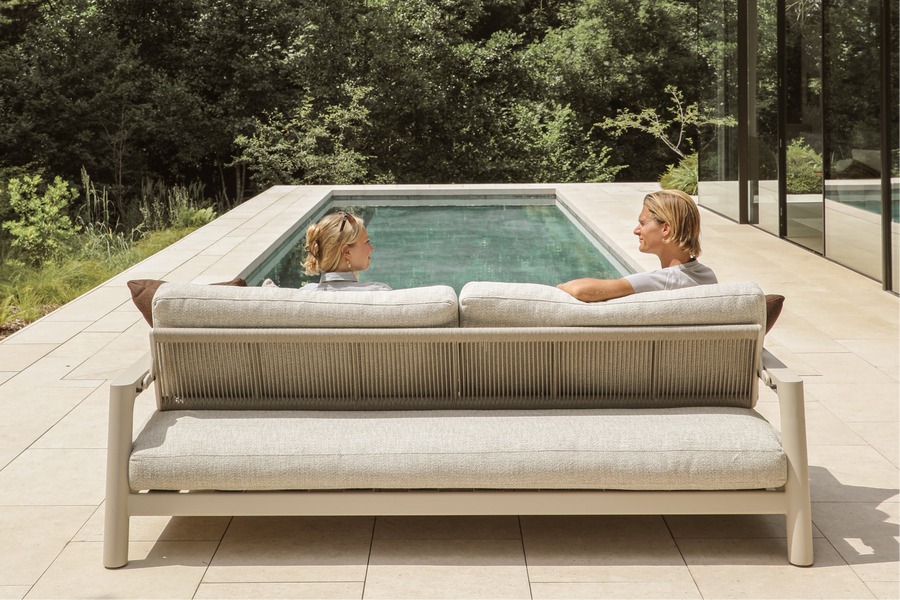
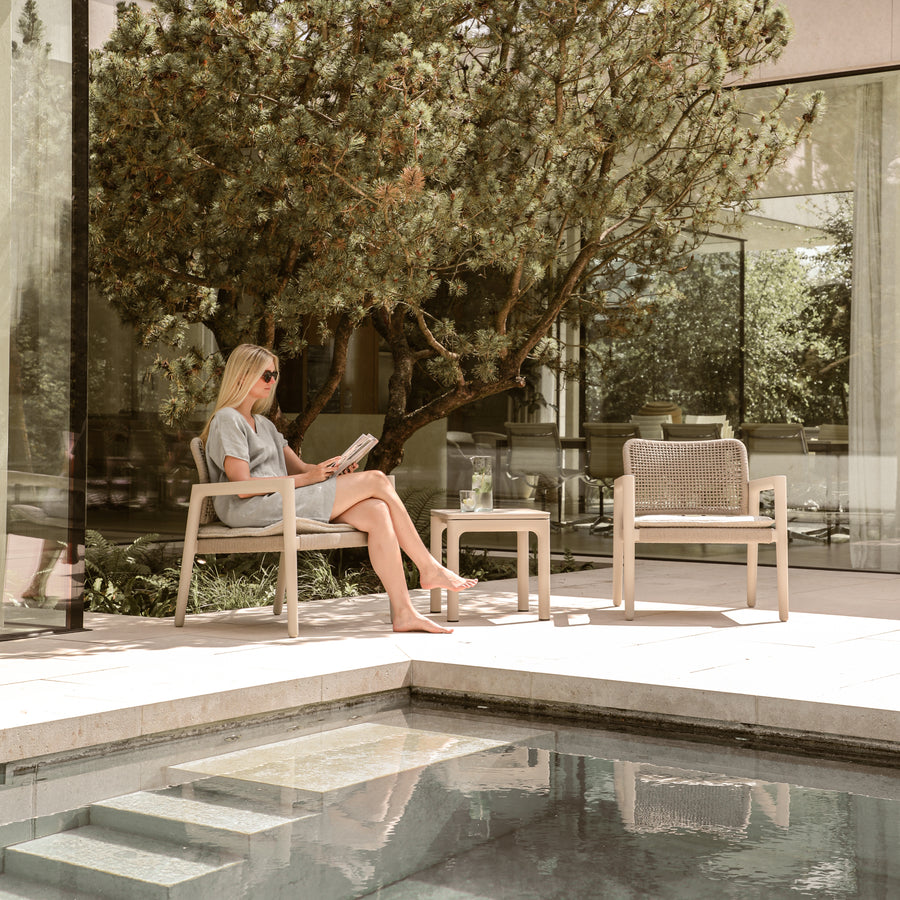

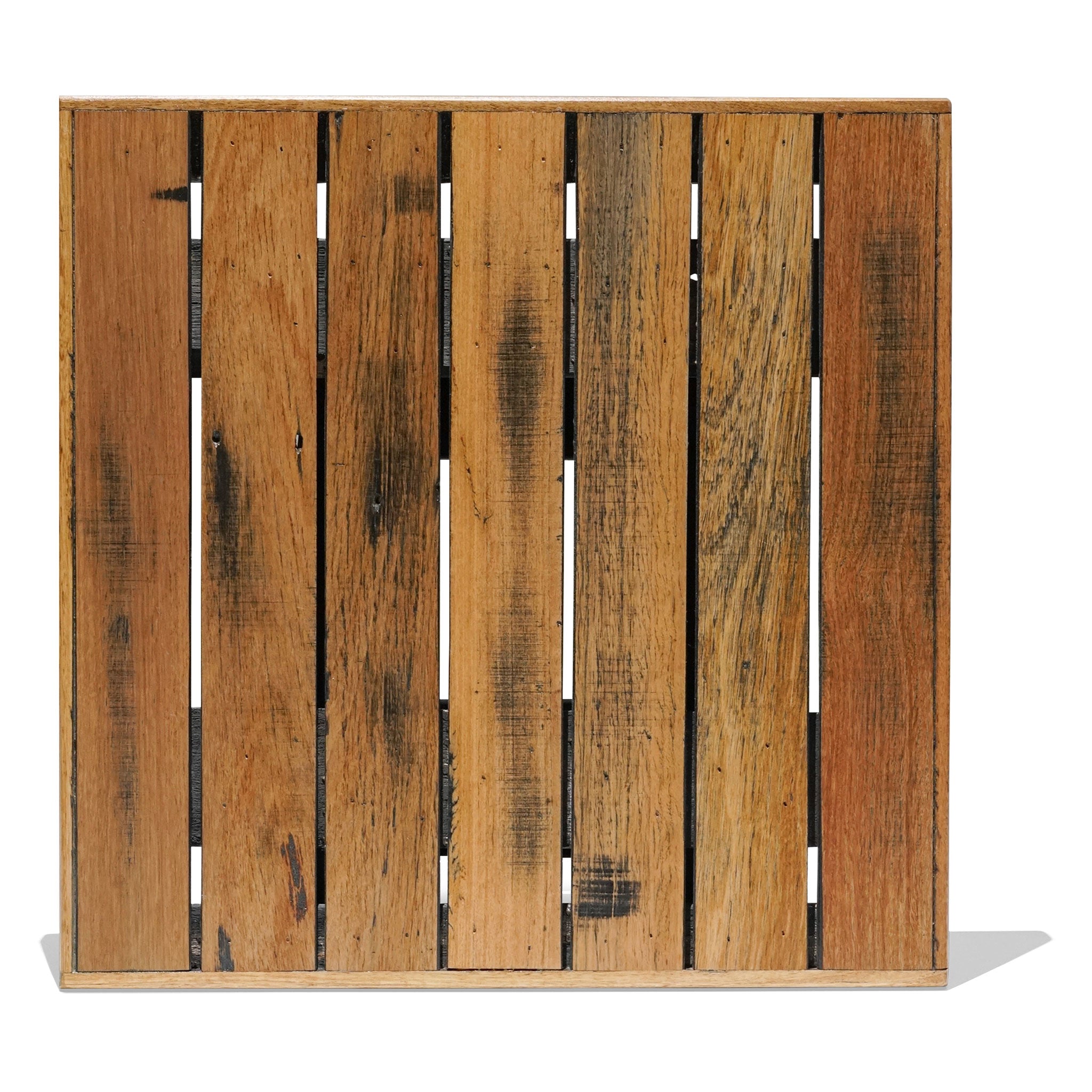
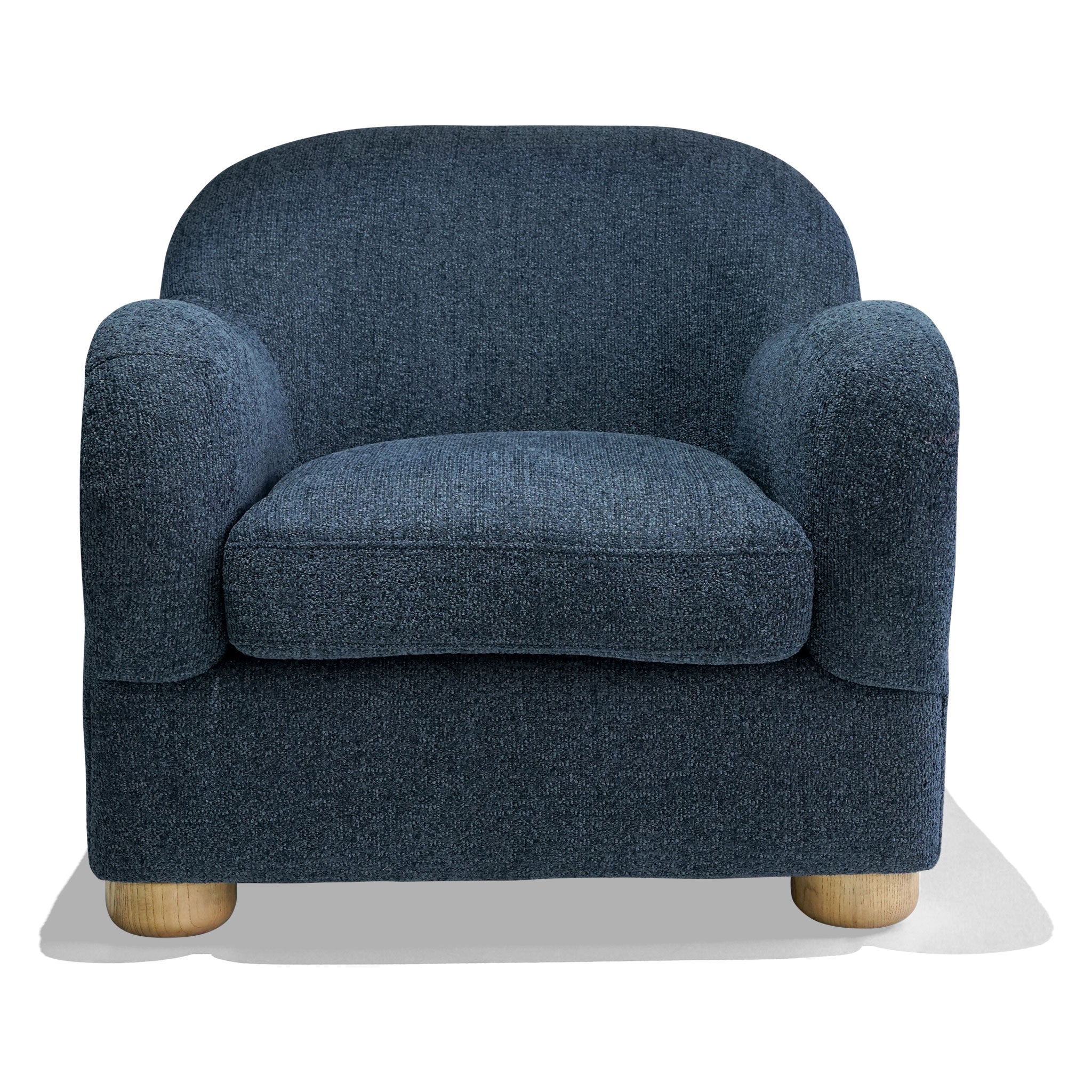
Leave a comment